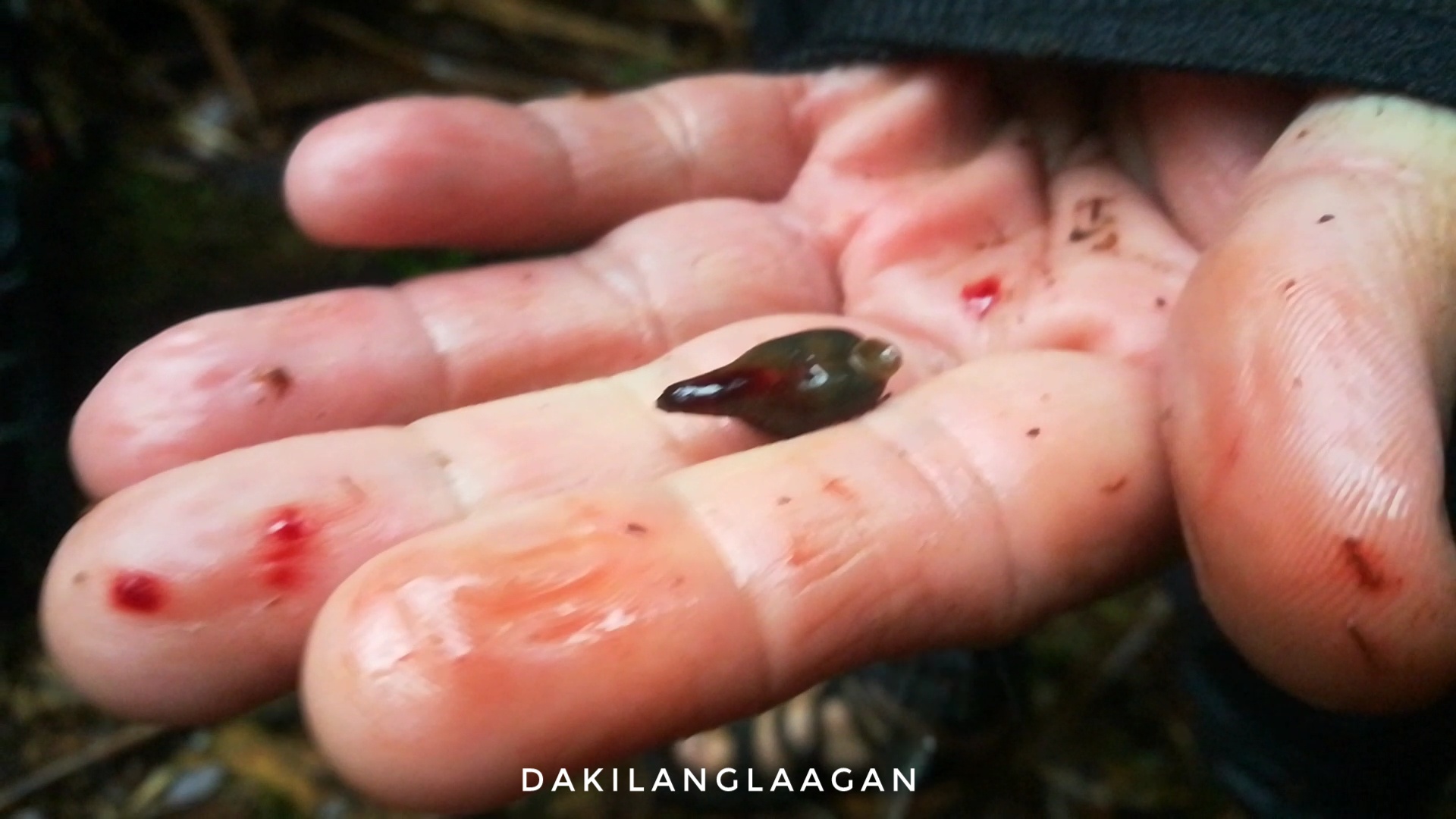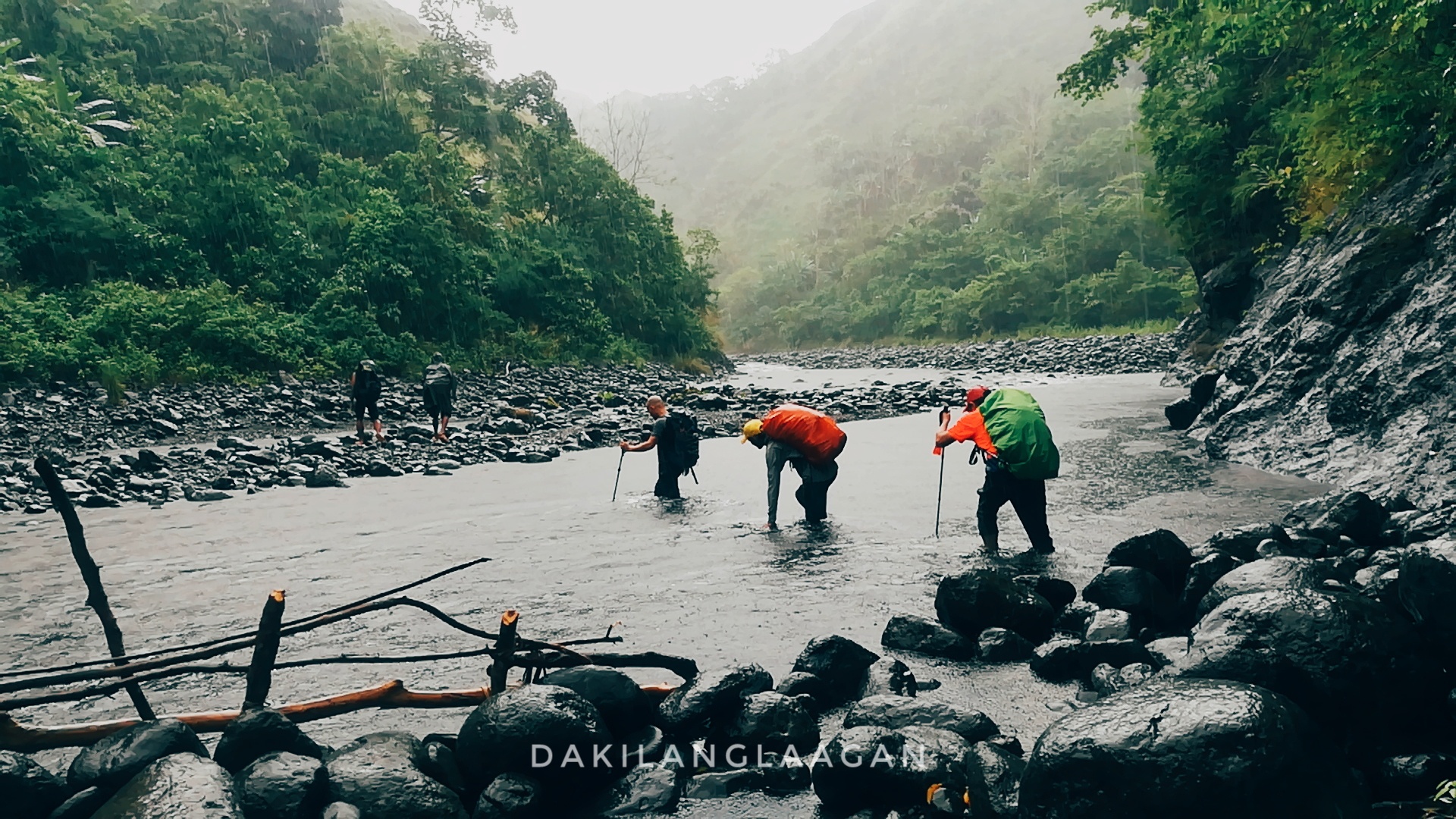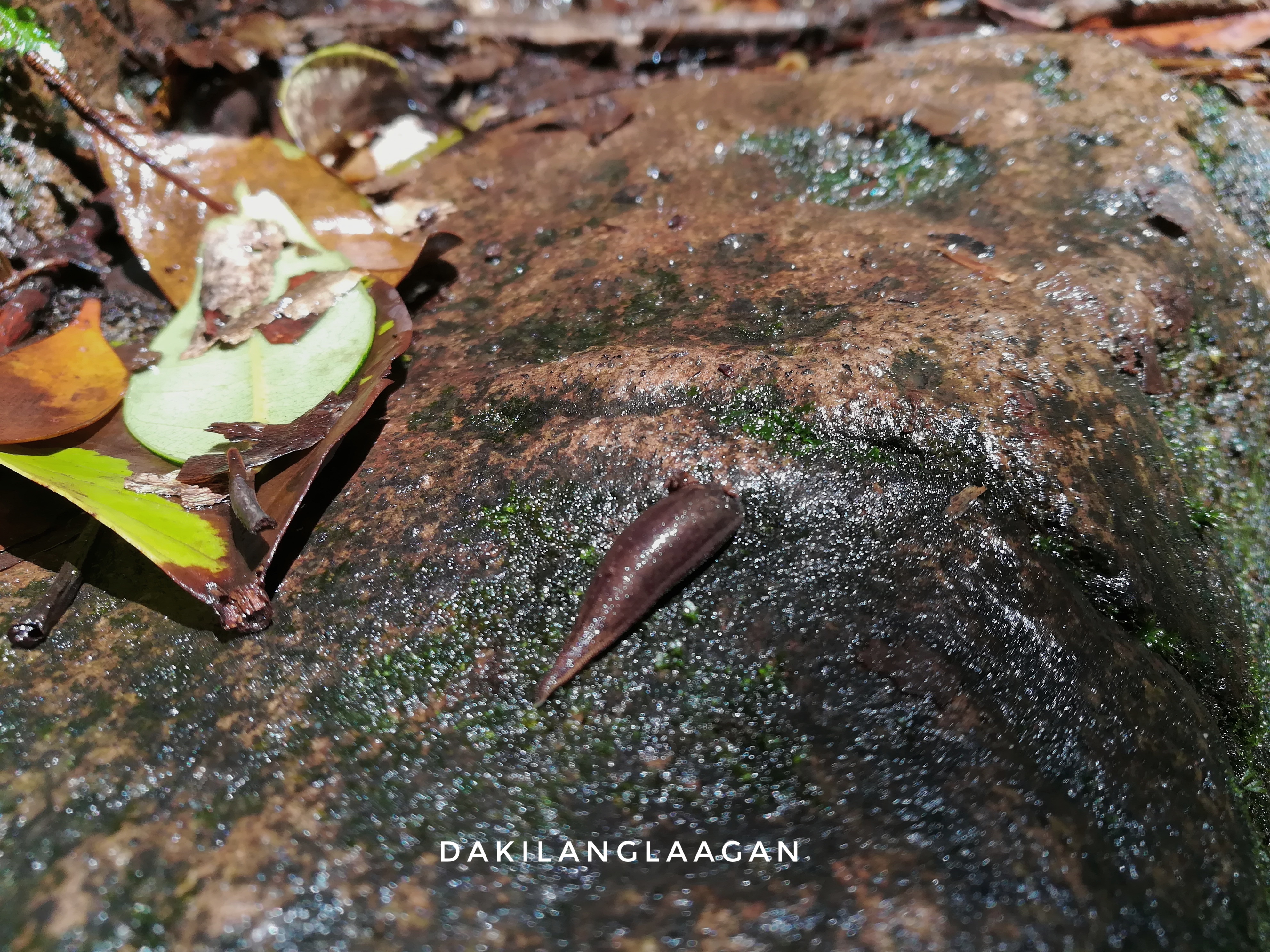Limatiks are scary. Leeches are undeniably unsettling. I used to share the same sentiment. Just the thought of those creepy, blood-sucking mountain leeches latching onto your skin is enough to send shivers down your spine.
When seasoned mountaineers recounted their run-ins with these parasitic creatures during hikes, I couldn’t help but wonder how they endured such harrowing encounters. However, after venturing into several limatik-infested mountains across the Philippines, I’ve come to realize that there’s more to these thriving creatures than meets the eye.

Where Do Leeches Usually Thrive?
Studies reveal there are over 700 species of leeches worldwide, primarily inhabiting freshwater, estuarine, marine, and moist terrestrial ecosystems. So, if your trail winds near a river, lake, or through mossy terrain, be prepared for a chilling welcome from these jungle dwellers.
In the Philippines, a range of bloodthirsty mountain leeches, belonging to the subclass Hirudinea, dwell. They sport shades of brown, black, and banded patterns, with some featuring eerie green and yellow stripes. Known locally as ‘limatik’ or ‘alimatok’, these leeches measure 1 to 3 cm and thrive during the rainy season—or in areas that are consistently rained upon.
In my experience, mountains with fewer hikers tend to harbor a thriving population of leeches. Some peaks I’ve climbed, like Mt. Pangasugan, Mt. Mandalagan, White Peak, and Mt. Baloy-daku, are particularly infested with them.
But what lures these bloodsuckers? Research suggests leeches are drawn to water disturbances, like splashing, which triggers their tactile senses. Additionally, they possess organs attuned to chemical cues, aiding them in tracking down their next meal. Their hyper-sensitive vibration detection helps them sense approaching prey, including unsuspecting humans.
So, how do you get rid of limatiks during hikes?
So, before you back out or decide to push for that major climb of yours—to Mandalagan, Guiting-guiting, Kanlaon, Makiling, Halcon, Baloy-daku, Timpoong, Mantalingajan, and many other limatik-infested trails—here are some friendly tips on how you can get rid of limatiks and prevent limatik bites:
1. Read ahead.
Whether you’re a novice or a seasoned adventurer returning for more, it’s wise to do some research on the mountains you’re preparing to conquer. The internet offers a wealth of resources, from informative blogs to hiking communities, where you can gather valuable insights. With abundant information available, there’s no excuse not to be well-prepared for whatever challenges the trails may hold. Ensure you arm yourself with knowledge and readiness to tackle any obstacles that come your way.
2. Wear proper clothing.
Of course, one of the best ways to prevent those leeches from directly contacting any of your body parts is to cover them with appropriate clothes for hiking. Make sure to wear armguards and leggings so that those limatiks won’t easily slip into your skin. Bonnets and earplugs are really helpful in covering your ears (those headgear can be effective pieces too!).
It is also better to wear light-colored clothes so that it’s easier to spot those leeches when they crawl into your clothing. Make sure to wear socks that fit perfectly and are long enough to enclose the tip of your leggings to avoid any unwelcome entrance. Gloves are also great for making sure that those limatiks won’t stick into your hands or in between your fingers, but they are best used when removing limatiks because of their rough texture.

3. Apply insect repellant.
Don’t hesitate to apply insect repellant before and during the hike. The concept is simple: whatever deters mosquitoes from biting, works the same way with limatiks. While many hikers and guides would recommend the use of Off lotion, any repellant will do. During our hike to Baloy-daku, we found out that petroleum jelly works very well on the exposed parts of the body. As it is oily by nature, limatiks will have a hard time sticking to your skin.
4. Spray limatiks with alcohol
In case those limatiks were still able to penetrate into your body despite the precautions, don’t freak out because all you’ll ever need is an alcohol spray to get rid of them. Simply spray the area where the limatik got stuck and it will eventually remove itself and spit out the blood it has ingested.
As mountain guides are very much accustomed to these parasites, you may also ask for their assistance in removing them. However, if the limatik is difficult to remove, don’t force it, as it may aggravate the wound or cause infection. Just leave it as it is; once it’s done with its bloody meal, it will eventually leave you in peace.

5. Use eye drops.
Limatiks getting into your eyes might sound alarming, but the good news is that it usually doesn’t lead to blindness—unless you handle it carelessly. Some experienced hikers suggest using tweezers or gently pulling the limatik out if it ends up in your eyes.
If you want a less hands-on approach, using eye drops can help encourage the limatik to move out without causing irritation or infection. Our mountain guide during a trek to Mandalagan once advised us that, in most cases, it’s best to be patient. When the limatik is full, it tends to loosen its grip and naturally make its way out of your eyes. However, for added assurance and to rule out any potential threats to your vision, it’s always a good idea to have your eyes checked by medical professionals who can address any complications.
6. Work with a hiking buddy.
Nothing compares to the security felt when there is someone whom you can constantly ask if there are limatiks already feasting on your body parts. You may take turns with your hiking buddy and check on one another, especially if you are passing through a limatik-infested area. Working in pairs and teams will also help when sealing tents at night and making sure that no limatik has trespassed on your private space.

The thought of limatiks sucking through your skin can be scary at first, but after having been exposed to them, I’ve realized that they are not as scary as they seem. Limatik may bite, but it won’t hurt as much as it secretes painkilling substances.
However, forcibly removing it from your skin can result in wounds and infections. These leeches may have caused a little inconvenience and scare to some, but they are also living proof that the biodiversity of the place is still healthy. The presence of limatiks on trails can also add to the challenge while hiking; hence, making the journey worth remembering.

Have you been latched upon by limatiks as well? Where? How was it? Let’s share each other’s thoughts and stories about these ‘creepy’ creatures? Comment down below or message me on Facebook, Instagram, or Twitter! I’d like to hear your stories. See you!
